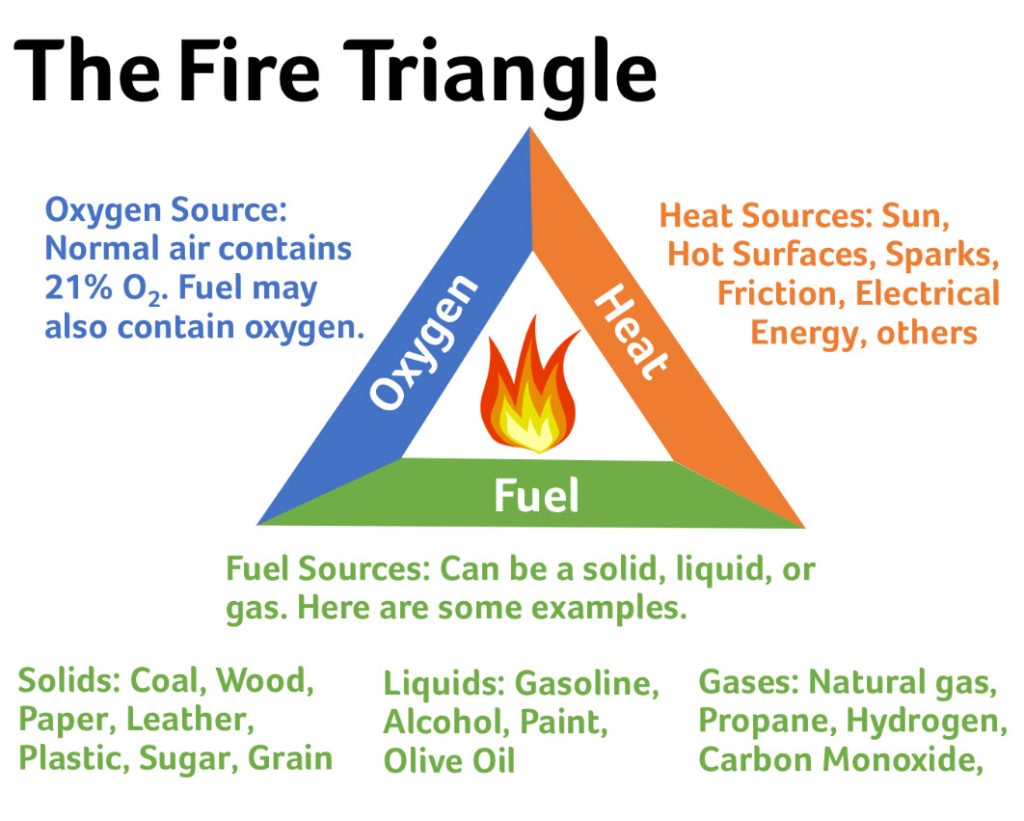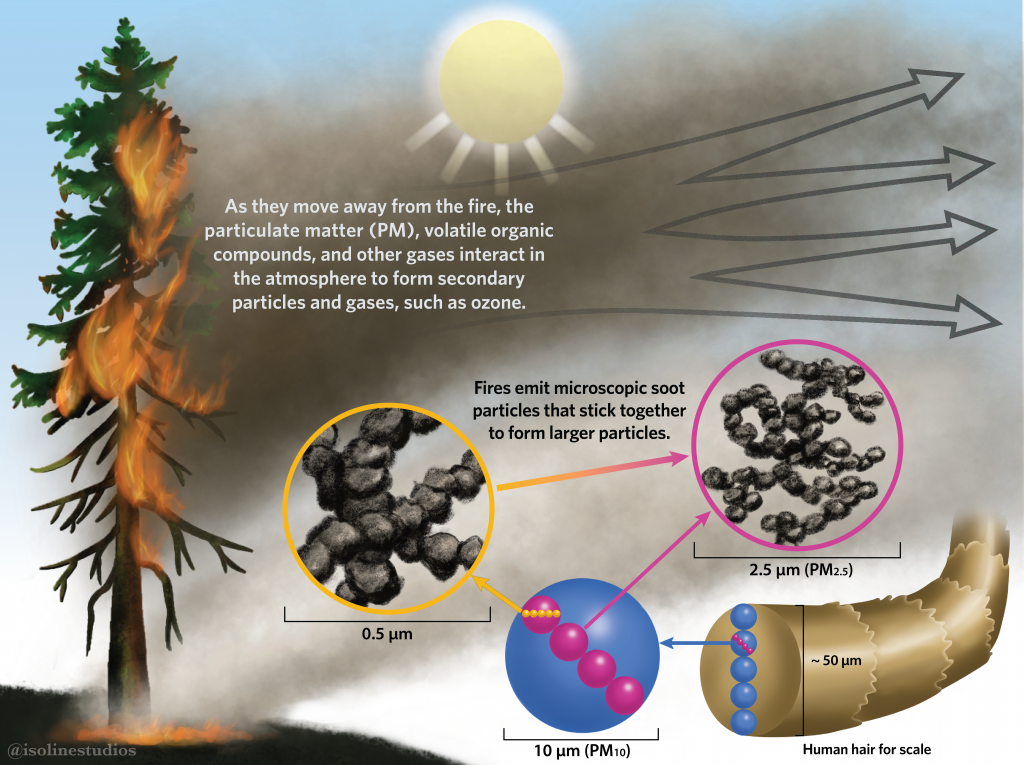History of Notable Wildfires in British Columbia
The current 10-year average, taken from 2011 to 2020, is 1,352 wildfires from April 1st to March 31st the following year. On average, 42% of these are human-caused and 58% are lightning- caused.
The following table shows general statistics of wildfire activity in B.C. since 2008.
| British Columbia Wildfire Activity Since 2008 | |||||
|---|---|---|---|---|---|
| Year | Total Fires | Total Hectares | Total Cost (Millions) | Person-caused (%) | Lightning-caused (%) |
| 2020 | 670 | 14,536 | $193.7 | 392 (59%) | 275 (41%) |
| 2019 | 825 | 21,138 | $182.5 | 450 (55%) | 375 (45%) |
| 2018 | 2,117 | 1,354,284 | $615.0 | 628 (30%) | 1,489 (%70) |
| 2017 | 1,353 | 1,216,053 | $649.0 | 580 (43%) | 773 (%57) |
| 2016 | 1,050 | 100,366 | $129.0 | 564 (54%) | 486 (46%) |
| 2015 | 1,858 | 280,605 | $277.0 | 621 (33%) | 1,237 (67%) |
| 2014 | 1,481 | 369,168 | $297.9 | 664 (45%) | 817 (55%) |
| 2013 | 1,861 | 18,298 | $122.2 | 564 (30%) | 1,297 (70%) |
| 2012 | 1,649 | 102,122 | $133,6 | 708 (43%) | 941 (57%) |
| 2011 | 653 | 12,604 | $53.5 | 444 (68%) | 209 (32%) |
| 2010 | 1,672 | 337,149 | $212.2 | 680 (41%) | 992 (59%) |
| 10 Year Average | 1,352 | 348,917 | $265.3 | 562 (42%) | 790 (58%) |
| 2009 | 3,064 | 247,419 | $382.1 | 881 (29%) | 2,183 (71%) |
| 2008 | 2,023 | 13,240 | $82.1 | 848 (42%) | 1,175 (58%) |
| Average since 2008 | 1,560 | 314,383 | $256.1 | 617 (40%) | 942 (58%) |
| Source: Wildfire Averages Service from Province of British Columbia, licensed under Open Government License | |||||
| BC Wildfire Services commences tracking of wildfire activity (season) in April of every year until the following year in March. Note that the causes for these fires were natural, human, or undetermined.Refer to this list of significantly damaging wildfires in BC: Wildfire Season Summary | |||||
What are Wildfires?
According to the World Health Organization (WHO), “a wildfire is an unplanned fire that burns in a natural area such as a forest, grassland, or prairie.”[1]
Wildfires can occur on any continent and in any environment. Additionally, they may burn in vegetation areas that are located deep within soil as well as above soil. These are often referred to as ‘ground fires’, which may erupt in the kind of soil that is composed of organic matter, which nourishes the fire, to grow larger. This makes it a unique type of fire because as it burns deep within the ground it can ‘smolder’ for prolonged periods of time just up until the point environmental conditions may support its transition to a surface (also known as ‘crown’) fire. In comparison, when we look at ‘crown fires’, these are typically present in dead or dry vegetation areas, where they are usually resorted to burning among leaves and tree canopies.[2]
Mount Eneas Wildfire (2017) by Andreas Rutkauskas, All Rights Reserved

It is important to note two distinct risk factors contributing to the incidence of wildfires: (1) naturally occurring (often referred to as ecological), mostly due to lightning strikes, forest type, tree age, topography and weather; (2) human-made, due to improper use of forested areas especially where the climate is very dry and where substantial logging occurs – with more people exploring the forested back country for recreational purposes, any lack of attention can potentially contribute to starting a forest fire. [3] [4]
The magnitude of wildfires is highly dependent on weather conditions that may either further fuel their growth or suppress it. Equally, the topography also known as the physical feature of a certain geographical area, contributes to the direction in which a wildfire’s flames burn, specifically by either burning faster uphill or slower downhill.[5]
Wildfires can play an important role in maintaining balance among certain ecosystems, especially around the elimination of insects and diseases that can be deadly to various tree species. Similarly, they also provide a chance for survival and restoration of plant species. When wildfires burn “at a low intensity, flames can clean up debris and underbrush on the forest floor, add nutrients to the soil, and open up space to let sunlight through to the ground […] [which can in turn] nourish smaller plant and give larger trees room to grow and flourish.”[6]
With a changing climate it is hence important to understand how the disruption to these ecosystems and natural pathways to manage homeostasis has played a role in more wildfires occurring, especially as a result of warmer temperatures that lead to drought and highly dry forested areas.
To start a wildfire, the following three components must be present, specifically:


- World Health Organization (WHO). (2022). Wildfires. Retrieved from: https://www.who.int/health-topics/wildfires#tab=tab_1> ↵
- National Geographic Society. (2019). Wildfires. Available at: https://www.nationalgeographic.org/encyclopedia/wildfires/ ↵
- Natural Resources Canada. (2020). Protecting communities. Retrieved from: https://www.nrcan.gc.ca/our-natural-resources/forests/wildland-fires-insects- disturbances/forest-fires/protecting-communities/13153 ↵
- National Geographic Society. (2019). Wildfires. Available at: https://www.nationalgeographic.org/encyclopedia/wildfires/ ↵
- Ibid ↵
- Ibid ↵
An unplanned fire – including unauthorized human-caused fires – occurring on forest or range lands, burning forest vegetation, grass, brush, scrub, peat lands, or a prescribed fire set under regulation which spreads beyond the area authorized for burning.
Government of British Columbia. (n.d.) Wildfire glossary. Retrieved from: https://www2.gov.bc.ca/gov/content/safety/wildfire-status/about-bcws/glossary#W

